State of relations with Afghanistan
Both countries committed to fighting terrorism are involved in a war of words with each other.
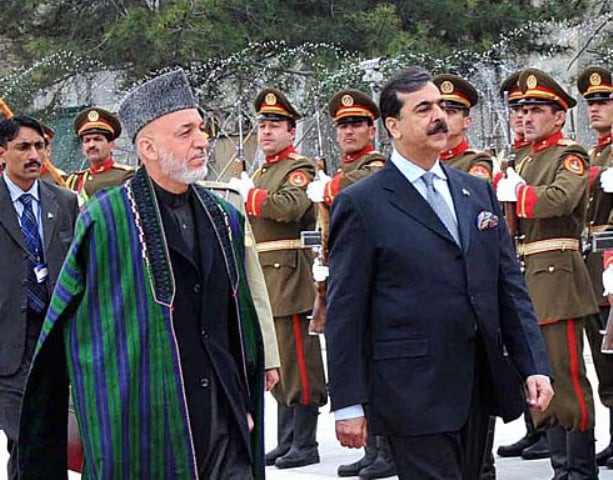
Things are not going well in the war against terrorism. The Isaf-Nato operations seem to have hurt the Taliban north and south of Afghanistan amid allied claims that the enemy is on the run and that only 500 Taliban operatives remain in the field. This was followed by a jailbreak in Kandahar with as many of them fleeing the prison. It was much like Islamabad claiming that the ‘back of terrorism in Pakistan was broken’ and then seeing a string of attacks in Karachi with the typical Taliban imprint. Yet the irony is that both parties committed to fighting terrorism are carrying out a war of words with each other with ominous consequences. Each claims that the outcome of this war of words will go badly for the other.
What should one make of Islamabad’s recent approach to Kabul? On April 15, Prime Minister Yousaf Raza Gilani and the army command visited Kabul and agreed with Afghan President Hamid Karzai to establish a two-tiered Afghan-Pakistan joint commission to work with the Afghan High Peace Council, led by former president of Afghanistan, Burhanuddin Rabbani, a Tajik who makes the Pashtun Taliban see red. Both sides had agreed that their senior civil and military leaders would work jointly for peace in Afghanistan through this council. The latest incident on the border probably indicates that more effort needs to be made to improve the Pakistan-Afghanistan equation and that entrenched positions must be made more flexible before good results can be achieved.
However, if the visit by our prime minister was meant to head off the Americans and strengthen President Karzai’s hands enough to allow him to follow ‘independent’ policy, it has not yielded good result — at least for now. The two big players are America and Pakistan, the former by reason of foreign troop presence and the latter by reason of its much-exaggerated hold on the Afghan Taliban. But the Americans have the additional advantage of exploiting the ethnic divide in Afghanistan. The non-Pashtun, hurt by the Pakistan-backed Pashtun-dominated Taliban government in the past, see their security in backing the Americans rather than obeying President Karzai. It is said that the ANA border force that attacked Angoor Adda is dominated by non-Pashtuns.
The Americans are vulnerable because politics at home is not going right after over a decade of expensive military stalemate in Afghanistan. Pakistan is vulnerable because of the complex map of violence emanating from two types of Taliban in league with our old formerly state-backed jihadi militias. We distinguish between the Afghan Taliban and the home-grown ones who support them but kill Pakistani civilians; but this distinction remains highly dubious because of ethnic overlap deeply embedded in a nationalism that subliminally seeks the undoing of Pakistan. There is also the flawed logic of seeing the Taliban as a temporary phenomenon caused by American presence, which will disappear the moment Pakistan ends it ‘slavery of the Americans’. The entire effort — being achieved with the force of extremist reaction — challenges Pakistani strategists to think less in Manichean either/or choices and more in complex regional terms. The biggest drawback a strategist may face during any phase of planning is the level of international isolation of the state he is defending. This should weigh against any sentiment of national ‘honour’.
Published in The Express Tribune, April 29th, 2011.

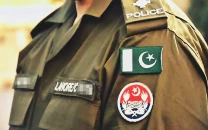
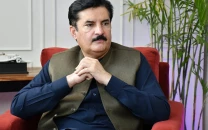

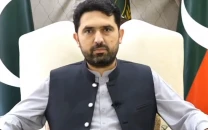
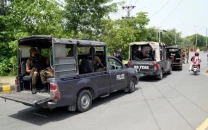













COMMENTS
Comments are moderated and generally will be posted if they are on-topic and not abusive.
For more information, please see our Comments FAQ